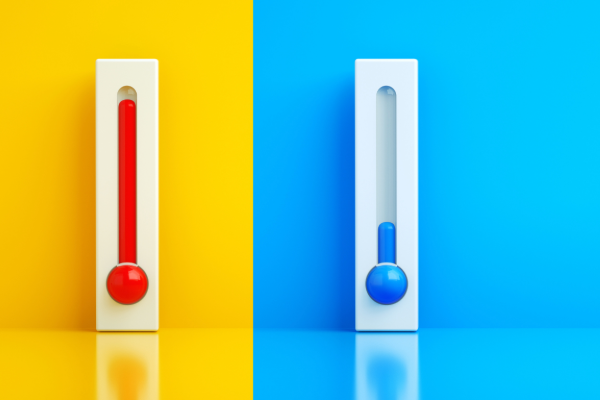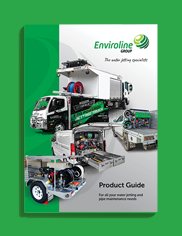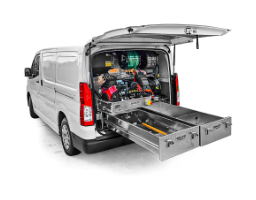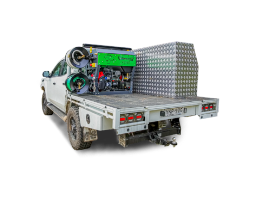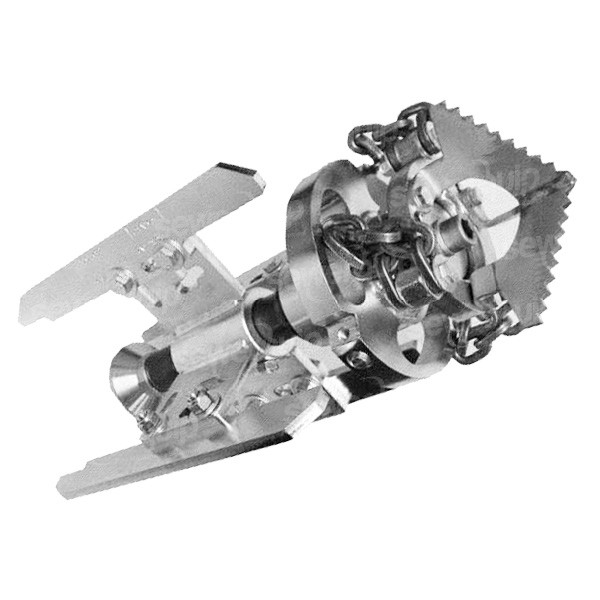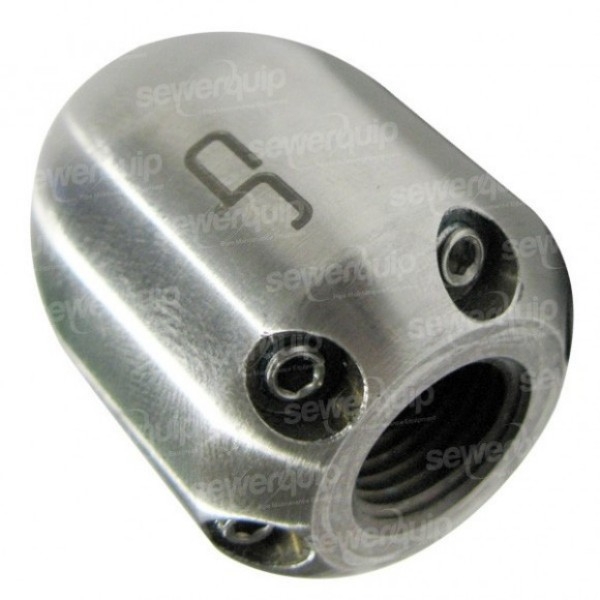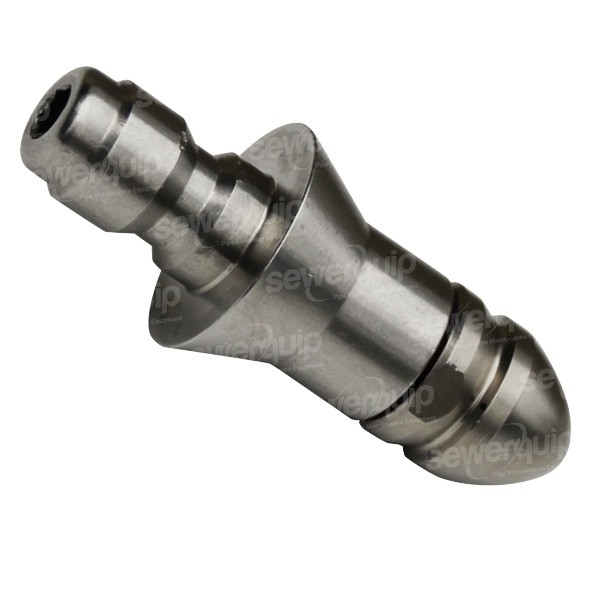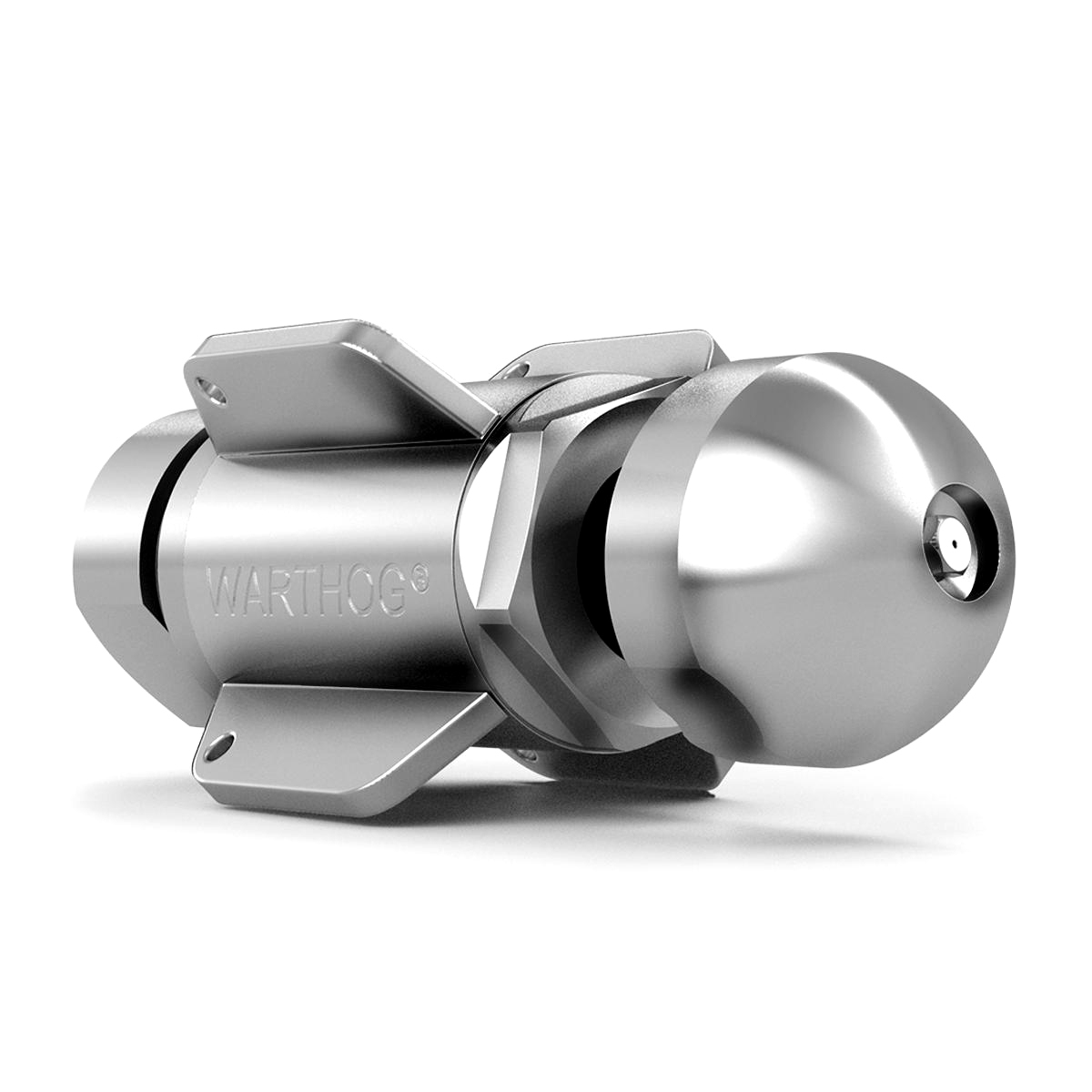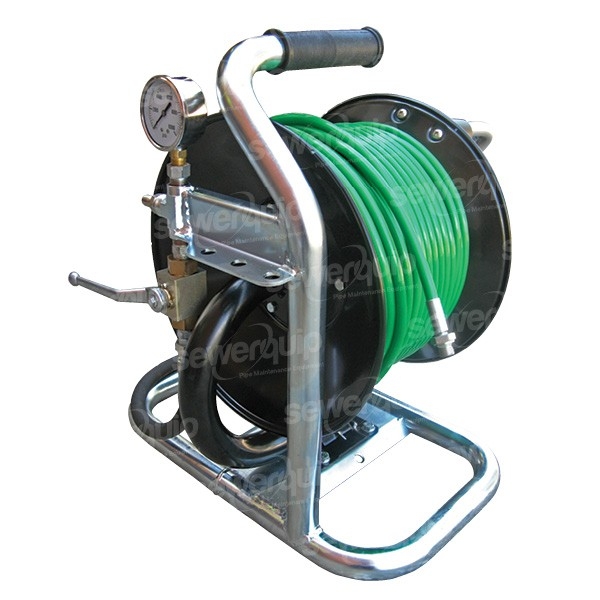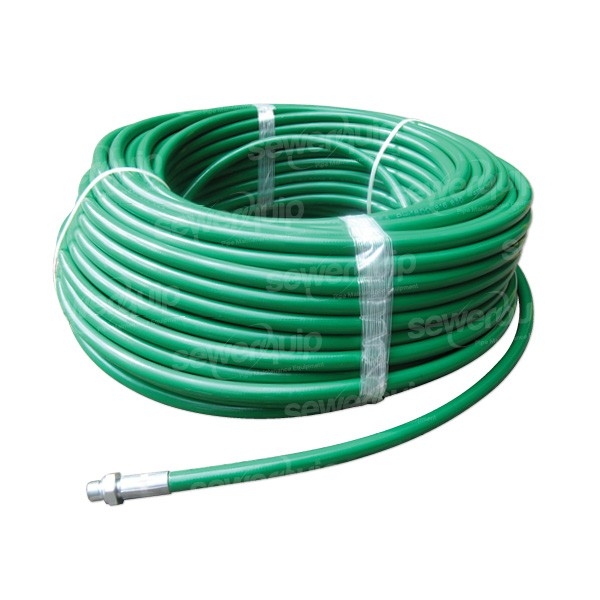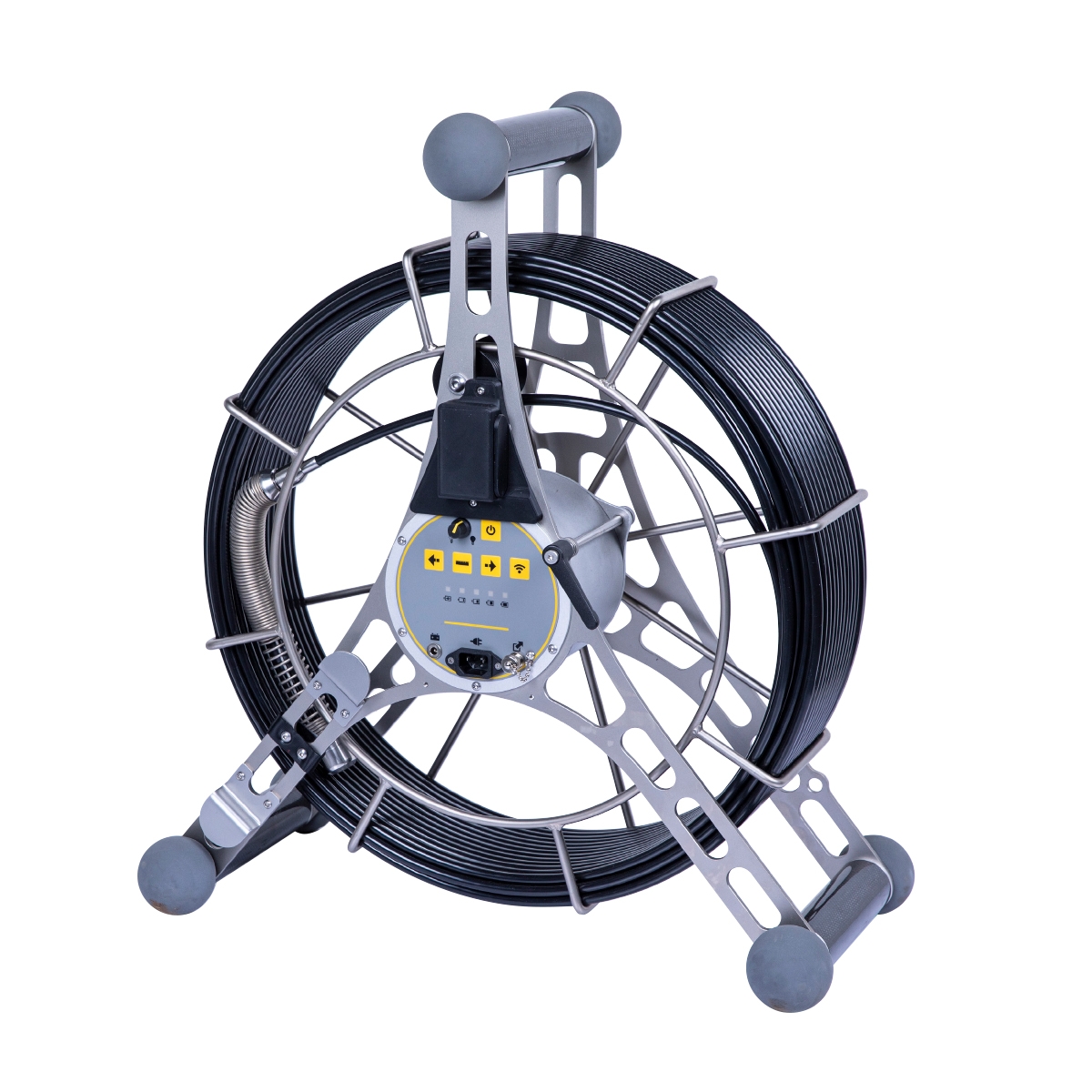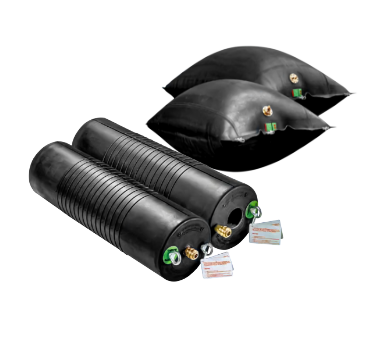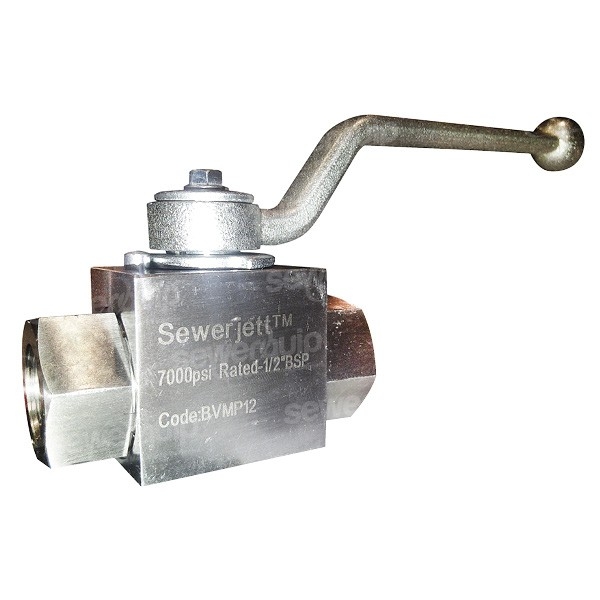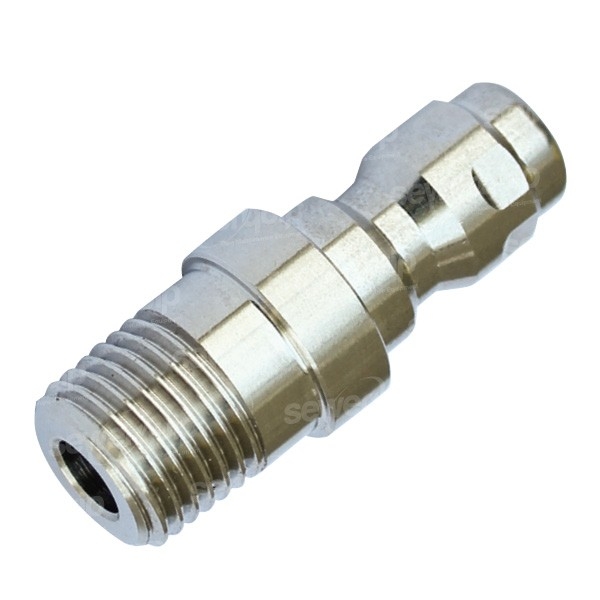When it comes to addressing stubborn clogs in drains and sewer lines, plumbers are presented with two primary methods: cold water jetting and hot water jetting. Each approach offers distinct advantages and is tailored to specific applications. Let’s delve deeper into the nuances to assist you in determining the most suitable option for your plumbing requirements.
Cold Water Jetting
Cold water jetting stands out as a versatile and cost-effective solution for a wide array of drain and sewer cleaning tasks. Here’s why it may be the optimal choice for your needs:
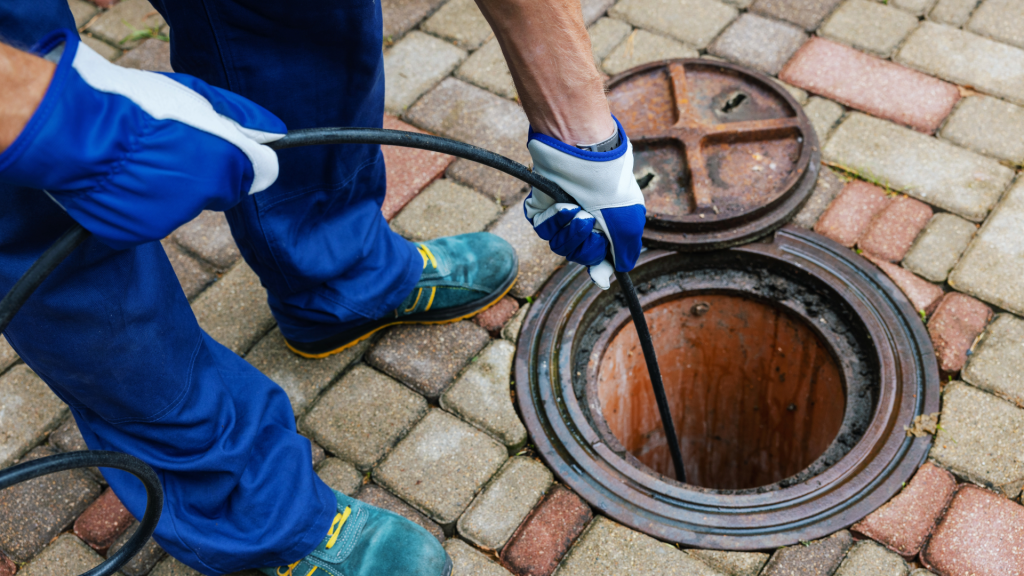
Pros:
- Cost-Effectiveness: Cold water jetting typically comes with a lower price tag compared to hot water jetting since it doesn’t necessitate additional energy expenses.
- Safety: It’s important to note that one should not be using hot water jetting in proximity to large gas lines entering the house.
- Effectiveness for Common Drain Issues: Cold water jetting is usually sufficient for clearing typical household drain blockages such as grease buildup, soap scum, and sludge. The effectiveness largely depends on the flow’s power achievable from your water jetter.
- Minimized Risk of Rust: Unlike hot water jetting, cold water jetting doesn’t pose a risk of causing metal piping to rust.
Cons:
- Limited Effectiveness with Certain Substances: While cold water jetting is effective for most household drains, it may struggle to break down solidified fats or cooking oils commonly found in restaurant drains.
- Potential for Pipe Damage: Excessive pressure from the jet can lead to pipe damage if not used cautiously, necessitating the selection of an appropriate nozzle.
- Inadequate for Large Debris: Cold water may struggle to dislodge sizable debris without sufficient water pressure and the right nozzle.
Incorporating “Grease Blaster”:
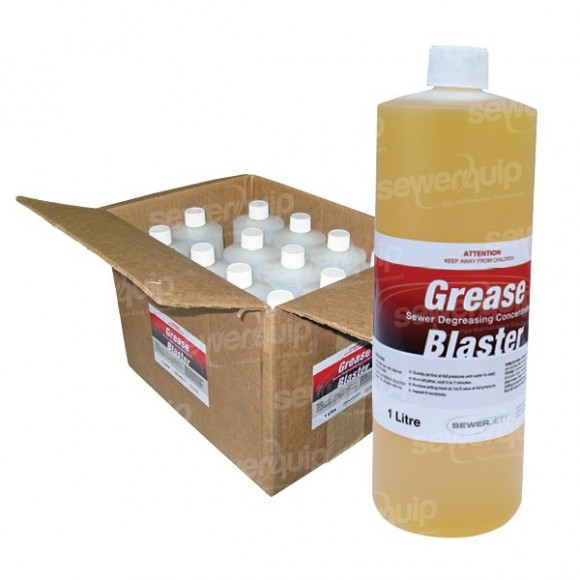
In instances where plumbers employ cold water jetting for grease-laden lines, they have the option to enhance its efficacy with a specialized liquid called “Grease Blaster.”
You can seamlessly add this innovative solution to the water tank and pumped out through the nozzles. Grease Blaster serves to liquefy grease and fat, facilitating their removal from the lines. While hot water jetting softens and moves fat, Grease Blaster offers a comparable effect by aiding in the breakdown of grease deposits. However, it’s essential to note that once the fat encounters cold water again, there’s a risk of it reverting to its solidified form.
When to Opt for Cold Water Jetting with “Grease Blaster”:
- If you have thin pipes (under 12 inches) and the debris primarily consists of grease buildup.
- If you seek a budget-friendly solution for addressing grease-laden drain blockages.
Check Enviroline’s product range for the most effective water jetters to tackle your drain cleaning needs.
Hot Water Jetting
Hot water jetting proves to be a robust solution for combating stubborn clogs and is well-suited for industrial applications. Here is why it might be the ideal fit for your plumbing requirements:

Pros:
- Effective for Tough Clogs: Hot water has the ability to melt and dislodge solidified fats, oils, and grease more efficiently than cold water, akin to the process of dishwashing.
- Suited for Industrial Use: It excels in cleaning grease traps and removing larger debris, such as icebergs.
- Reduced Risk of Pipe Damage: Hot water may offer a safer option for corroded or worn pipes.
Cons:
- Higher Cost: The energy-intensive nature of hot water jetting translates to higher operating costs compared to cold water jetting.
- Potential for Rusting: Hot water can accelerate rust formation in metal piping, potentially leading to leaks in older plumbing systems.
When to Opt for Hot Water Jetting:
- If you need to tackle challenging clogs like grease, oils, or industrial debris.
- If you’re dealing with wide pipes and significant debris that requires clearing.
- If your plumbing system features corroded or worn pipes.
Conclusion
In deciding between cold water and hot water jetting, carefully consider the specific requirements of your plumbing task.
Cold water jetting offers a cost-effective and adaptable solution for common household drain issues, while hot water jetting is well-suited for combating tough grease clogs and industrial-grade debris.
If you’re uncertain about the best approach for your needs, don’t hesitate to reach out to us for personalized guidance. At Enviroline, we prioritize quality and operator safety across all our water jetting equipment.

